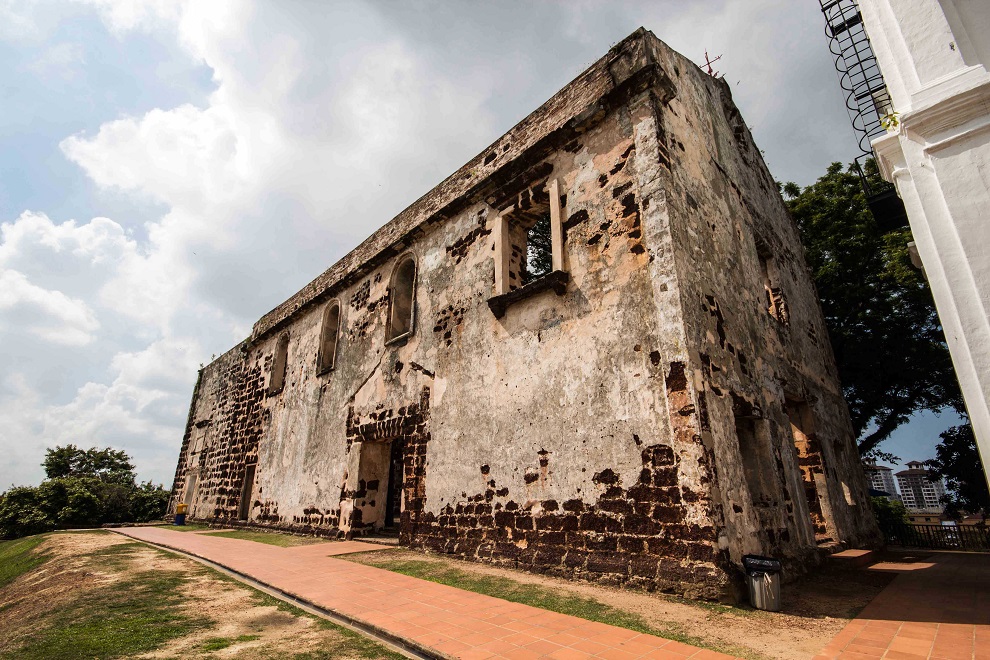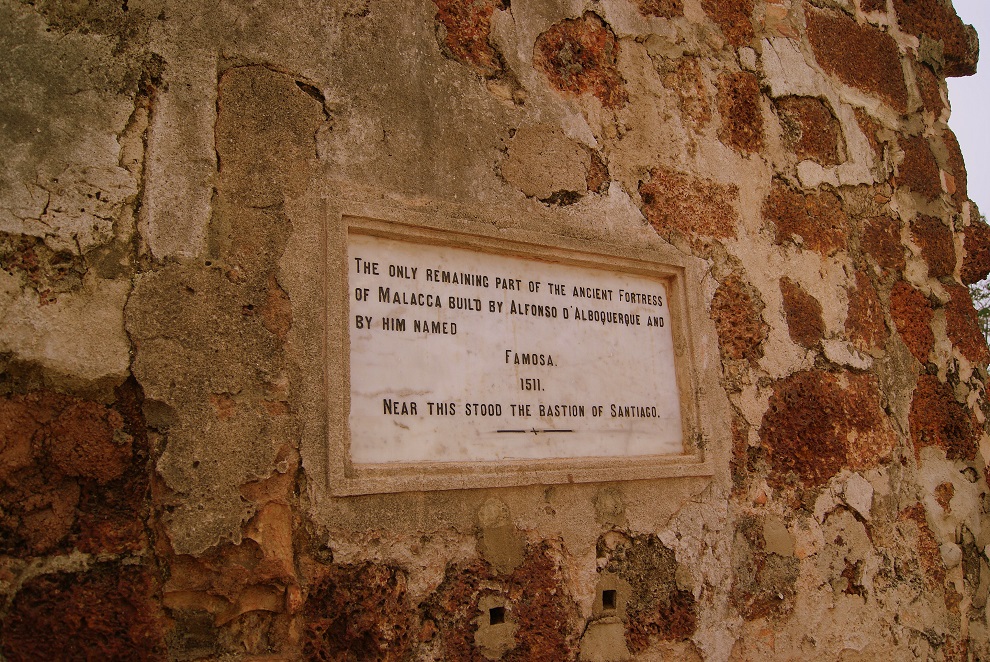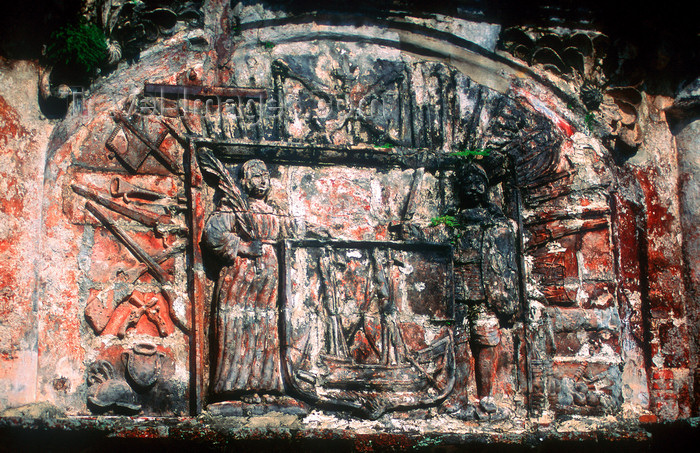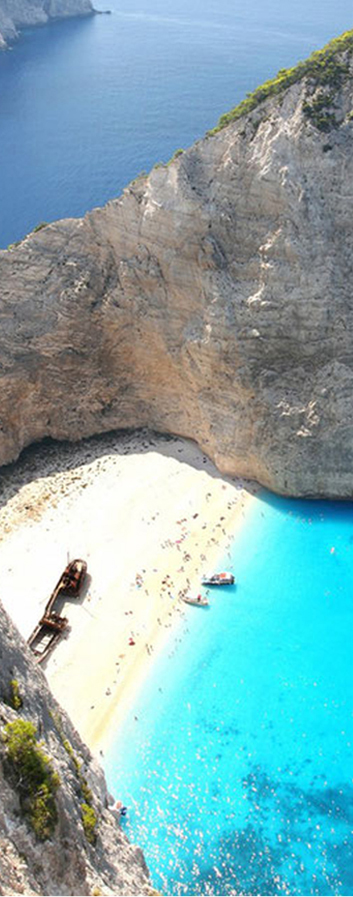A'FAMOSA
A’Famosa is more than just quick photo stop opportunity for tourists. Built in 1511, the settlement used to sprawl across a whole hillside but now only a lone gate (Porta de Santiago) remains. One of the oldest surviving European architectural remains in Asia; it is set beside the Istana ke Sultanan on Jalan Kota.
A’Famosa is perhaps Malacca’s best known sightseeing spot. Originally constructed by Alfonso de Albuquerque (who led the Portuguese invasion on the Malacca Sultanate), the remains of the fort is now a crumbling whitewashed gatehouse and is located downhill from St. Paul’s Church.
Structure of A'Famosa
In the 16th century A’Famosa housed the entire Portuguese administration, including its hospitals, five churches, elongated stockades and four key towers. One tower was a four-storey keep; the others were an ammunition storage room, captain’s residence and an officer’s quarters. The rest of the bastion comprised of townhouses clustered inside the fortress walls. The fort was expanded in 1586 to accommodate Malacca’s growing population.

At the beginning of the 16th century, the Portuguese were establishing outposts in Macau, China and India in order to create a string of friendly ports for their ships plying the routes between China and Portugal. Malacca’s growing popularity meant that it was fast becoming an important link for Portugal to the Spice Route in China. In 1511 the Portuguese fleet, under the command of Alfonso de Albuquerque arrived and launched an attack on the armies of the Malacca Sultanate and defeated them.
Albuquerque moved swiftly to consolidate his gains by building a fortress around a hill near the sea. He used 1,500 slaves to construct A’Famosa as a stronghold to defend against foreign invasion.

In 1641 the Dutch wrested control of A’Famosa from the Portuguese and drove them out of the city. What remains is largely the Dutch reconstruction as they carried out renovation works in 1670, following the siege. To this day you can see a small inscription (ANNO 1670) on the fort’s arch as well as the coat-of-arms of the Dutch East India Company (VOC).
A’Famosa changed hands again when Malacca fell into British hands during expansionist Napoleonic times. Initially under the impression that the VOC was to act as a caretaker administration until a time when the Dutch were able to fully resume control, they had no idea the fort would soon be lost to them forever.

Due to the fact that they offered too little and asked for too much, the Dutch forces soon lost the respect of their Malay subjects and in the early 19th century Malacca was fully conquered by the British. Wary of maintaining the fort, should it fall into enemy hands, the English ordered its destruction in 1806.
Fortunately, Sir Stamford Raffles (founder of Singapore) who was visiting Malacca in 1810 arrived in the nick of time. Due to his love of history he stepped in before the complete destruction of the old fortress. It was a close call though and the crumbling remains of Porta de Santiago, a small gate house, were all that could be salvaged from total destruction.
When work was undertaken on the Menara Taming Sari revolving tower in 2006, another part of the A’Famosa was discovered. As a result the revolving tower was relocated further inland and A’Famosa’s newly-discovered fortress walls were reconstructed.



































